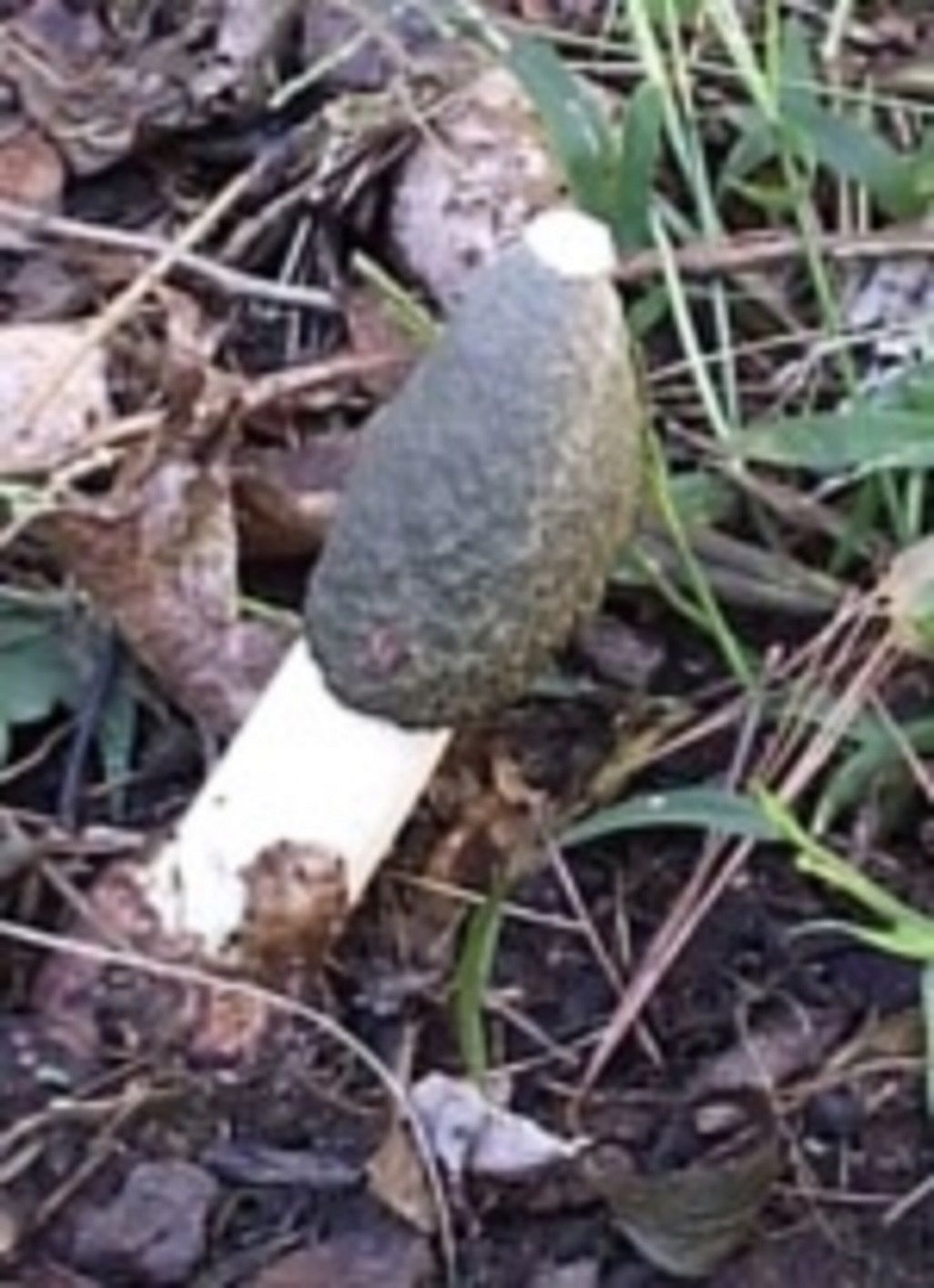1. The Glorious Anatomy
The penis, an integral part of the male reproductive system, possesses a distinctive shape resembling that of a mushroom. This unique anatomical characteristic begins to unveil significant insights into its role and functionality.

2. The Wondrous Head
Termed the glans penis, the mushroom-shaped head of the penis serves myriad purposes. During sexual arousal, it acts as a highly sensitive sensory organ, enriching the experience of pleasure. Its design aids the penis in efficiently penetrating the female reproductive tract during intercourse.
3. The Fascinating Frenulum
Stretching from the penile shaft to the underside of the glans, a thin band of tissue known as the frenulum connects these two vital structures. This integration plays a crucial role in maintaining the mushroom-like shape of the penis. Its presence allows for optimal sexual functioning and contributes to the overall sensation experienced during intimate encounters.
4. The Remarkable Spongy Tissue
Another vital element in understanding the mushroom shape of the penis is the corpus spongiosum. Residing underneath the glans and extending along the underside of the penis, this erectile tissue enables the head to increase in size and rigidity during sexual arousal. Its presence facilitates the penis's ability to achieve and maintain an erection, enhancing sexual pleasure for both partners.
5. The Erection Mechanism
The distinctive shape of the penis also influences the mechanism behind achieving an erection. As blood flows into the penis during arousal, it expands and stretches the spongy tissue. This engorgement primarily occurs at the glans, giving it a more pronounced mushroom-like appearance. The unique form of the penis assists in maximizing sexual performance and pleasure.
6. Evolutionary Adaptation
The mushroom shape of the penis is far from a mere coincidence. As with many sexual traits in different species, it is believed to have evolved over time as an advantageous adaptation. This shape aids in better fitting and stimulating the female reproductive tract during intercourse, increasing the chances of successful reproduction.
7. Celebrating Diversity
It is important to note that there is a wide range of variations in penis shape and size among individuals. While the mushroom shape is common, penises can exhibit various forms, including cylindrical, conical, or tapered heads. The diversity within the male population highlights the marvel of natural variation and the uniqueness of each individual's anatomy.
In conclusion, the mushroom shape of the penis is not a result of chance but rather a captivating culmination of intricate anatomical structures and evolutionary adaptations. Understanding this distinct morphology allows us to appreciate the wonders of human sexual biology and the complexity of our reproductive systems.
Related FAQs about why is the penis mushroom shaped
What is the glans penis?
The glans penis is the mushroom-shaped head of the penis. It is a highly sensitive sensory organ and aids in effective penetration during sexual intercourse.
What is the frenulum?
The frenulum is a thin band of tissue that connects the penile shaft to the underside of the glans. It helps maintain the mushroom shape of the penis and contributes to sexual functioning and sensation.
What is the corpus spongiosum?
The corpus spongiosum is a type of erectile tissue located beneath the glans and extends along the underside of the penis. It facilitates the enlargement and rigidity of the glans during arousal, helping achieve and maintain an erection.
How does the penis achieve an erection?
During arousal, blood flows into the penis, causing the erectile tissue to expand and stretch. This increased blood flow primarily occurs at the glans, giving it a more pronounced mushroom-like appearance and resulting in an erection.
Why does the penis have a mushroom shape?
The mushroom shape of the penis is an evolutionary adaptation that aids in better fitting and stimulating the female reproductive tract during intercourse, enhancing the chances of successful reproduction.
Glossary about why is the penis mushroom shaped
1. Glans penis: The glans penis refers to the rounded head of the penis, which is highly sensitive and serves as a sensory organ during sexual stimulation.
2. Frenulum: The frenulum is a thin band of tissue that connects the penile shaft to the underside of the glans penis. It plays a significant role in maintaining the shape of the penis and contributes to sexual functioning.
3. Corpus spongiosum: The corpus spongiosum is a spongy tissue that extends along the underside of the penis, beneath the glans. It helps in achieving and maintaining an erection by allowing the glans to increase in size and rigidity.
4. Erectile tissue: Erectile tissue is a type of tissue that becomes engorged with blood during sexual arousal, leading to the penis becoming erect. It includes the glans penis and the corpora cavernosa.
5. Sexual arousal: Sexual arousal refers to the physiological and psychological response to sexual stimuli, leading to sexual excitement and readiness for sexual activity.
6. Reproductive tract: The reproductive tract comprises organs and structures involved in sexual reproduction, including the vagina, uterus, fallopian tubes, and ovaries in females, and the penis, testes, epididymis, and vas deferens in males.
7. Evolution: Evolution is the process of biological change over successive generations, leading to the development of new species or changes within existing species. It involves genetic variations and selection pressure.
8. Adaptation: Adaptation refers to the adjustment or modification of an organism's traits or behaviors that enhance its chances of survival and reproduction within its environment.
9. Variation: Variation refers to the differences or variations that exist within a population or species. It can involve diverse traits, including physical characteristics, behaviors, or genetic makeup.
10. Anatomy: Anatomy is the study of the structure and organization of living organisms. It involves examining the parts, interactions, and systems within the body.
